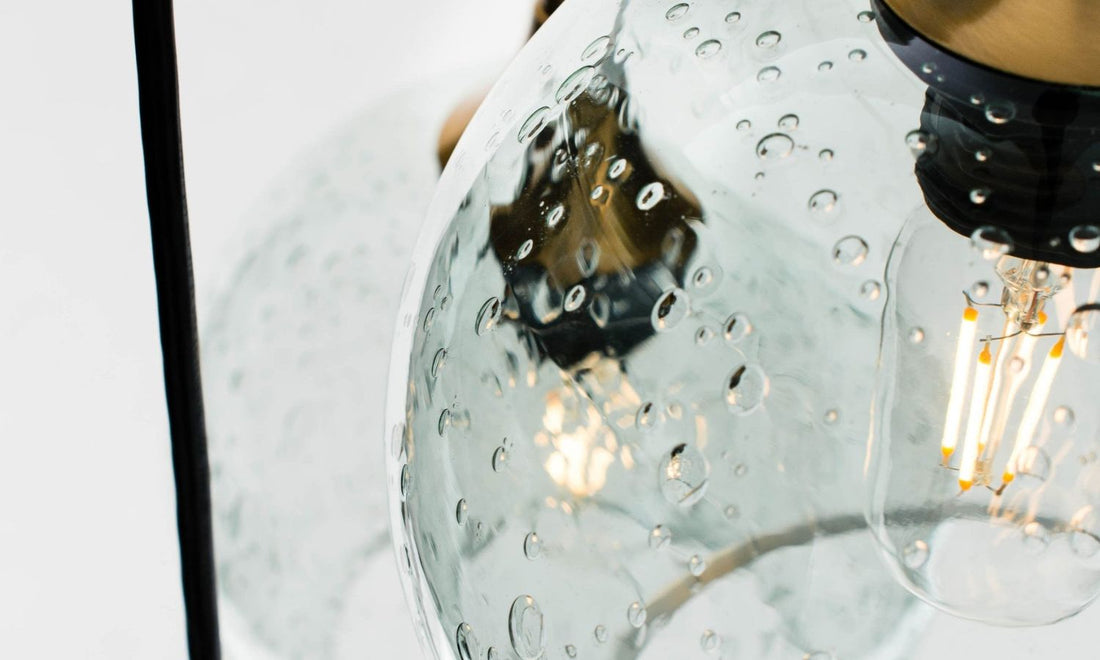
The History of Chandeliers: Medieval to Modern Age
Chandeliers have always represented elegance, luxury, and class. They’ve adorned palaces, homes, and public places for centuries, illuminating and adding a touch of opulence to their surroundings. The history of chandeliers takes us on a captivating journey through time, revealing the changes in design, materials, and lighting technologies from the Middle Ages to today. Let’s explore the fascinating world of chandeliers and uncover the important moments that have influenced their development throughout history.
The Humble Beginnings (6th-14th Century)
Let’s travel back in time to the Medieval period, when castles stood tall, and knights roamed the land. During the 6th to the 14th century, ornate chandeliers were born, but they weren’t the dazzling masterpieces we see today.
During this period, chandeliers had a purely practical purpose—providing light. They were basic wooden crosses with spikes at the ends to hold candles. These fixtures were hung from the ceilings of abbeys and castles, serving as the main source of light after sunset. They were called candelabras, which comes from the Latin word “candela,” meaning candle.
Despite their simplicity, these early chandeliers had a crucial role in setting the stage for the grandeur that would come in the following centuries.
Lights Fit for a King (13th-15th Century)
Let’s continue exploring the history of chandeliers, this time focusing on the 13th to 15th centuries. During this era, chandeliers evolved from simple wooden crosses to elaborate and decorative pieces. They no longer just served as light sources but became symbols of wealth and status. These chandeliers were made from materials like iron, bronze, and brass, and showcased intricate designs that reflected the grandeur of the time.
During the 12th century, round chandeliers called “coronas” started to become popular. They resembled royal crowns and were commonly seen in palaces and churches. These chandeliers held multiple candles to give off a brighter, more pleasant light.
At this time, crystal was introduced and used to decorate chandeliers. Only the wealthy could afford this luxury—which marked the beginning of chandeliers being associated with opulence and elegance.
Craftsmanship was also a significant aspect of these chandeliers. Each piece was carefully handmade, sometimes taking weeks or even months to complete. This level of skill and attention to detail remains a defining characteristic of chandeliers today.
The Arrival of the Flemish Chandelier (15th-16th Century)
During the 15th and 16th centuries, chandeliers underwent significant changes. The Flemish chandelier emerged during this time and greatly influenced the design and craftsmanship of chandeliers. Originating from Belgium, the Flemish chandelier introduced a new aesthetic and functionality. It featured a central ball with multiple arms, each holding candles. This design departed from the previous crown-like coronas and introduced a balanced and symmetrical look.
Flemish chandeliers, made primarily from brass or bronze, exude a simple yet elegant charm. They’re less ornate than their predecessors but still showcase the skill and precision in their craftsmanship. The introduction of Flemish chandeliers marked a significant moment in chandelier history, blending tradition with innovation and paving the way for the diverse range of styles we see today. These chandeliers continue to inspire modern lighting, reflecting their enduring and timeless appeal.
Reaching New Heights: The Baroque Chandelier (17th-18th Century)
As we delve deeper into the history of chandeliers, we enter the splendid era of the 17th and 18th centuries, known as the Baroque period. This time was all about lavishness and extravagance in arts and culture, and chandeliers were no exception. They transformed into magnificent works of art that displayed an unparalleled level of craftsmanship.
The Baroque chandelier reflected the spirit of its time with its ornate design and intricate details. Craftsmen abandoned the simplicity of the Flemish style and embraced more intricate and complex designs that were visually captivating. These chandeliers featured multiple tiers adorned with numerous flickering candles.
During the Baroque era, chandeliers started using glass and crystal as the main materials. George Ravenscroft introduced lead crystal in the late 17th century, bringing in a new era of brilliance and beauty. The candlelight would sparkle through the crystals, creating a mesmerizing glow that captivated everyone viewing it.
Additionally, chandelier design in the Baroque period incorporated more sculptural elements. Craftsmen shaped the chandelier arms into intricate forms inspired by nature, such as vines, leaves, flowers, and birds.
These chandeliers weren’t just lighting fixtures; they were works of art. They made a bold statement about the wealth and taste of their owners, serving as a focal point in any room they adorned.
Modern Marvels (20th Century-Present Day)
Starting in the 20th century, chandeliers underwent a transformation that mirrored the rapid pace of societal and technological change.
Initially, chandeliers retained much of the opulence of the Baroque period, with glass and crystal continuing to dominate. However, these materials were gradually substituted with a more diverse range of options as time went on, such as brass, chrome, and even plastic, reflecting the advancements of the industrial age.
The introduction of electricity completely transformed chandeliers. They were no longer restricted by the number of candles they could hold. This removal of limitations opened new possibilities for design, resulting in larger and more intricate chandeliers. Additionally, it made chandeliers more accessible to everyone, as homeowners could now safely use them in their homes without the risk of fire.
As we moved from the latter half of the 20th century into the 21st century, chandeliers began to reflect a wider range of styles and aesthetics. There’s now a chandelier to suit every taste and decor, from the sleek lines of mid-century modern designs to the eclectic mix of contemporary styles.
Today, chandeliers aren’t just seen as lighting fixtures but as statement pieces that add character and personality to a space. Chandeliers continue to captivate us with their elegance and charm, whether they’re dripping with crystals or boasting minimalist designs.
Chandeliers have come a long way since their medieval beginnings. Their designs have evolved through the centuries, each era leaving its mark on the chandelier’s rich history. Chandeliers have stood the test of time, gracing homes, churches, and public spaces, from the simplest wooden candelabras to multifaceted crystal masterpieces.
Today, with innovative designs like Bicycle Glass’s glass pendant chandeliers, these timeless lighting fixtures continue to illuminate our surroundings, connecting the past and the present in a symphony of beauty and elegance.

